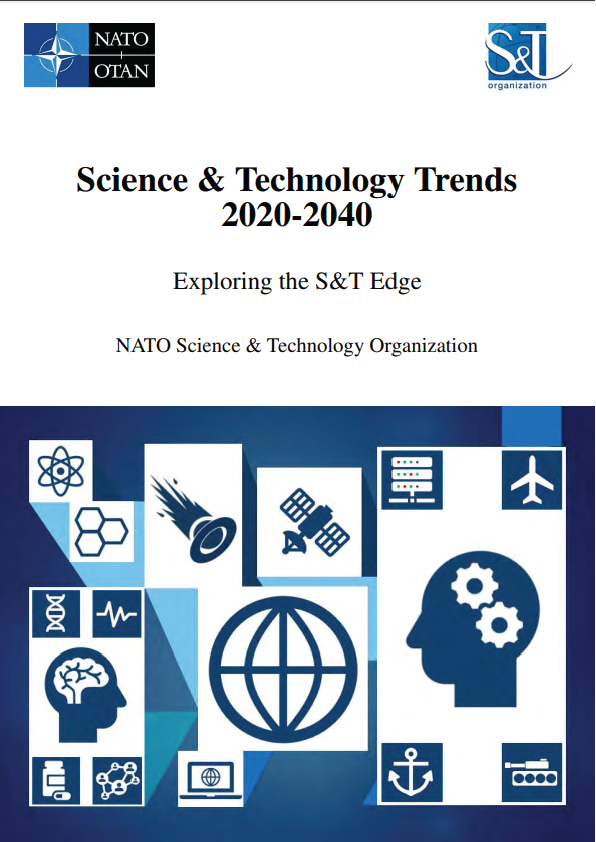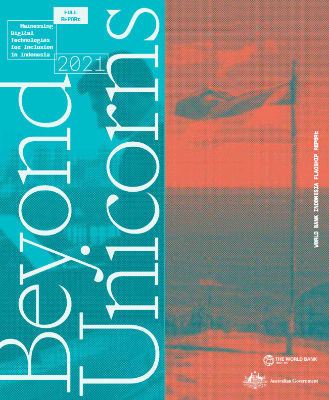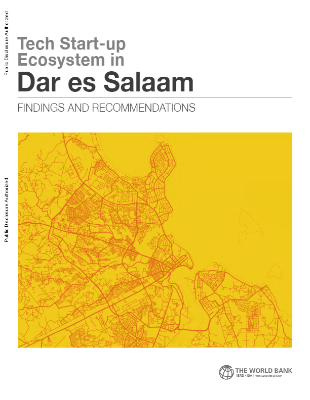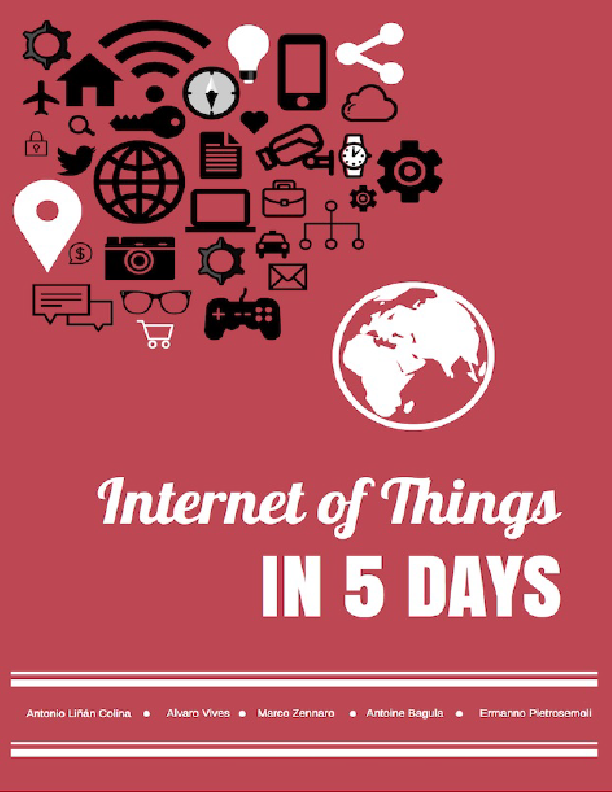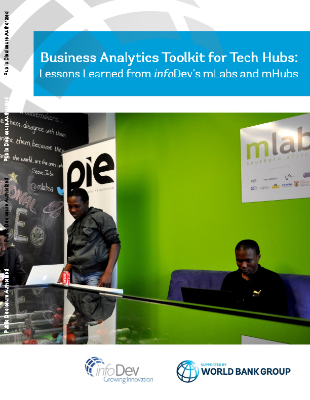Frieda Klotz visited the ‘world’s first cyborg fair’ with one question: are cyborgs a real thing, or are these people just kidding themselves?
ichael Bareev-Rudy never expected to have his finger implanted with a magnet. But in November 2015, the 18-year-old decided to embed a 3 mm x 1 mm magnet in his index finger at an event held in Dusseldorf, Germany. A crowd gathered to watch as a man in a smart grey suit and green surgical mask carefully sliced open the sandy-haired 18-year-old’s finger.
“After this he cuts with a scalpel on the side of my finger – yes, he cuts my finger open,” Michael recalled moments later, looking decidedly pale as he smiled nervously before the flashing cameras. After sterilising the table and numbing Michael’s finger with a local anaesthetic, “he uses – I don’t really know how to describe this tool – it was like a pen, sharp on the end with a little spoon on the top. He carved a tunnel through my finger to get the magnet inside and then he tried to put it there.” Because the magnet refused to slip easily into the young man’s finger, they had to try six times before succeeding.
Afterwards Michael’s finger was still numb, meaning that the real pain would come later. A dissolvable string remained inside, which he would need to pull out within ten days. Michael had paid €100 for the magnet and implantation. “What can I say?” he laughed, gazing at his newly transformed digit. “I was sitting there thinking for a moment, ‘Why am I doing this?’ But on the other hand, I thought it’s a great opportunity, and I think it’s kind of cool to modify your own body – and yes, of course it hurts, but this is a small price for what I get.”
Michael, who studies electrotechnics in Cologne, looks like a pretty normal guy, sporting a black T-shirt with a red alien on the front. And that’s the point: once the realm of piercers and body modifiers, tech implantation is fast becoming the territory of software developers, students and web entrepreneurs. Magnets allow users to sense magnetic or electromagnetic fields; RFID (radio-frequency identification) or NFC (near field communication, a related technology) chips, encased in biocompatible glass, can be programmed to communicate with Android phones and other compatible devices, allowing users to unlock their phones, open doors, turn lights on and off or even buy a beer with a literal wave of the hand. The connected devices of the internet of things are a gold mine for experimentation. Analysts predict that there will be 25 billion connected objects by 2020, and this swift rise gives implant technologies a wealth of new applicability and appeal. People with such implants we call cyborgs. And this event in Dusseldorf was dubbed ‘Science + Fiction: The world’s first Cyborg-fair’.
Reference:
- ‘A history of transhumanist thought’ is an overview of humanity’s quest for immortality by Oxford-based philosopher Nick Bostrom. It looks at moral issues, such as eugenics, and interesting offshoots like the cryonics movement.
- ‘A Cyborg Manifesto: Science, technology and socialist-feminism in the late twentieth century’ is a highly theoretical but impressively forward-looking meditation on the role of technology in 20th-century culture and beyond from feminist philosopher Donna Haraway.
- In ‘Cyborg morals, cyborg values, cyborg ethics’, Kevin Warwick discusses his own experiments and ponders directions in which these technologies could lead.
- An on-site interview with Tim Cannon and friends at his basement lab at home in Pittsburgh, which explores the recent history of cyborgism.
- This Motherboard article features Cannon talking about his experience with Circadia 1.0.
- A forum where biohackers and would-be cyborgs meet online.




